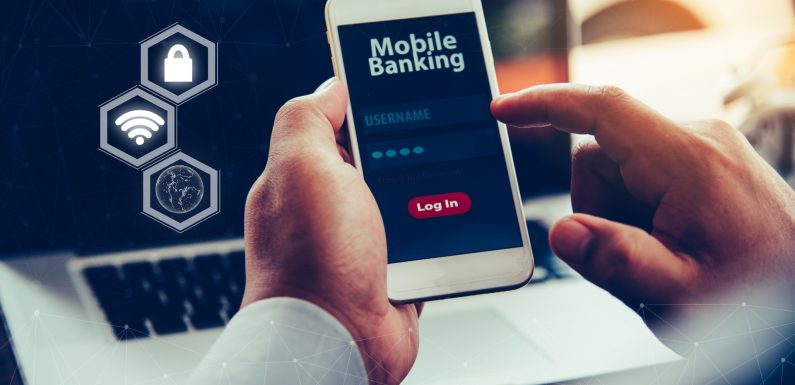
Mobile banking apps have completely transformed the way you do financial transactions. You may now use a mobile banking app to keep your bank in your pocket. While it is undeniable that using a bank app is convenient and saves you time. Every bank carefully tries to provide the highest level of security for its apps. You can make use of the UPI application for safe and secure transactions. Here mentioned are the top techniques to secure your mobile banking app:
OTP, or two-factor authentication:
Since using your username and password to authenticate is not a safe way to log in, studies show that the typical user possesses between 70 and 80 passwords. The typical user finds it difficult to remember all of their passwords, and even if they do, account security remains a concern due to password cracking’s ease of use. One Time Password (OTP) or two-factor authentication must be used when signing into an account with an online mobile bank.
Always watch carefully on your phone:
Handle your phone as carefully as you would your most treasured possessions. Even if they ask to use it for just a quick call, you should never lend it to strangers. Make sure to keep an eye on your phone when you are dining or shopping. Hackers can install tracking apps on your device without your knowledge. After downloading, this app sends the hackers your keystrokes, giving them private information about your mobile banking account.
Encryption from end to end:
Only users who are communicating can access data in this kind of communication. All communication is encrypted, and the cryptographic keys are locked away from any third party, including the communication medium, internet service providers, and telecom providers. It is nearly impossible for fraudsters to access communication between mobile banking companies without those keys.
Push or SMS alerts:
Every transaction made through a mobile banking app must trigger an SMS to the registered phone number or push notification through the app. Banks should allow users to receive messages from their apps about their daily account reports. This way, a user can learn about all of the activities on their account. Even though it is an outdated service, it adds extra security to the mobile account. The majority of banks currently use this service.
KYC solution:
Banks should implement Know Your Customer (KYC) procedures to secure mobile banking apps. The remote KYC user verification process takes only 30 to 60 seconds. These checks are part of KYC, which simplifies mobile banking applications.
Tracking of behavior:
Mobile banks should include continuous behavior monitoring in their applications. Such information can inform future decisions, such as enhancing UI/UX design, a safe authentication technique that helps to thwart fraud.
Wrapping it up:
Users should have access to safe and practical mobile apps from banks since mobile banking are the way of the future for the industry. Users’ trust in mobile banking apps will fuel the rapid expansion of mobile banking. With mobile banking apps, the strategies above help lessen the risks of identity theft and account takeover.

